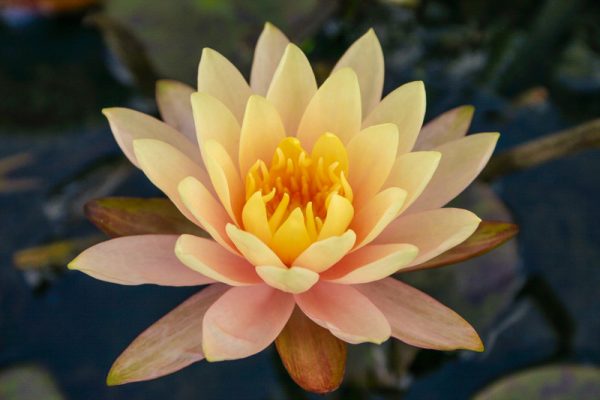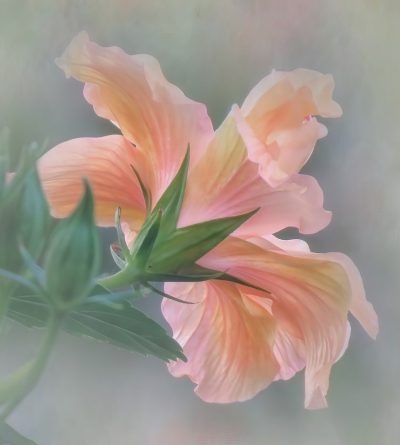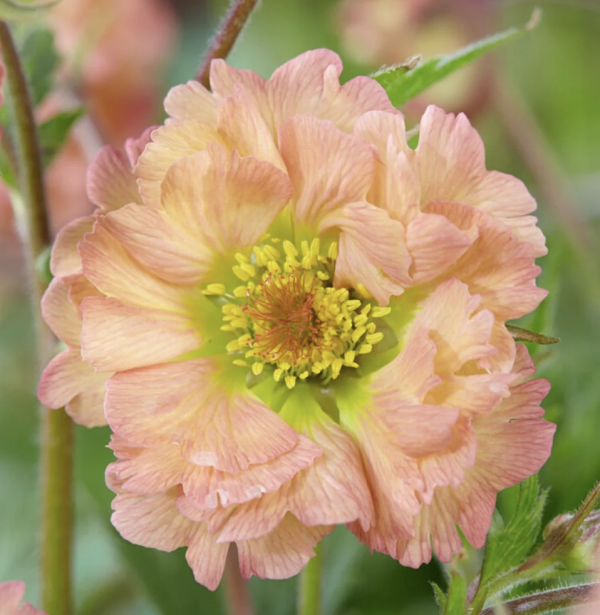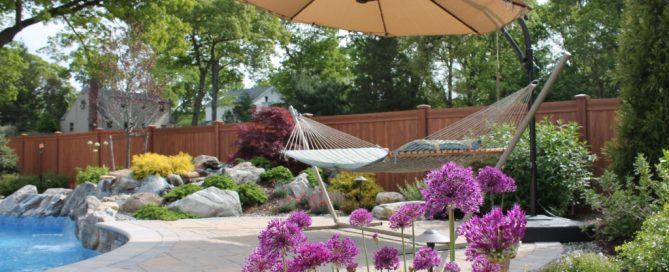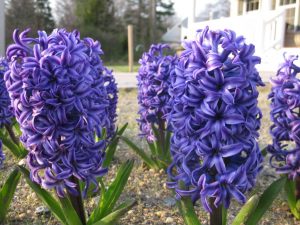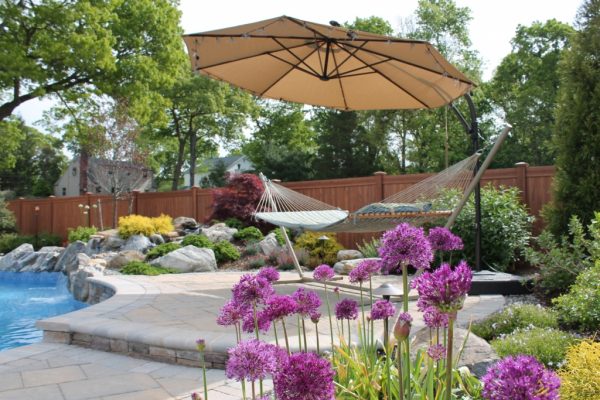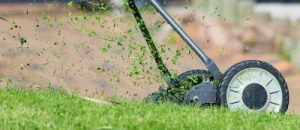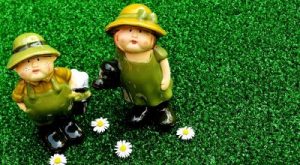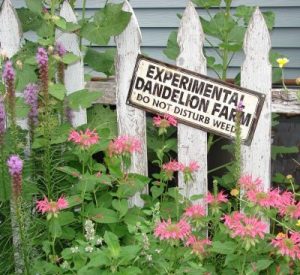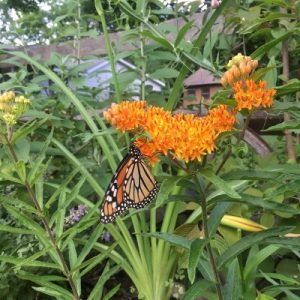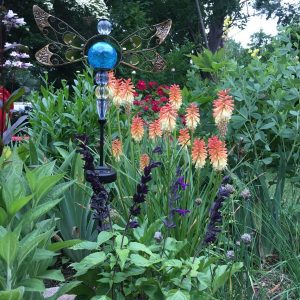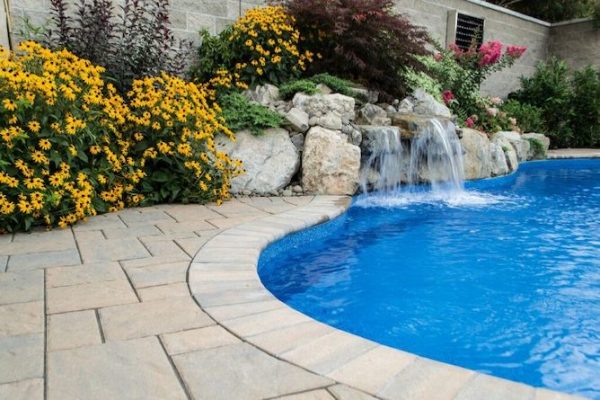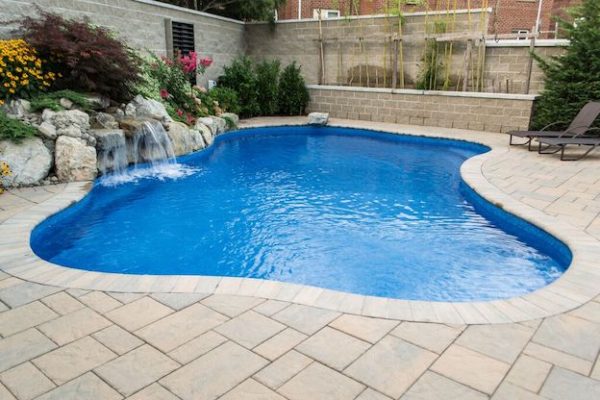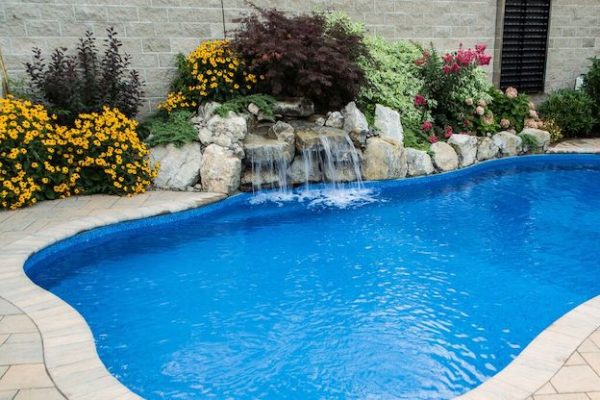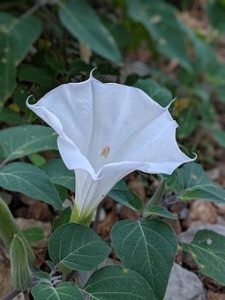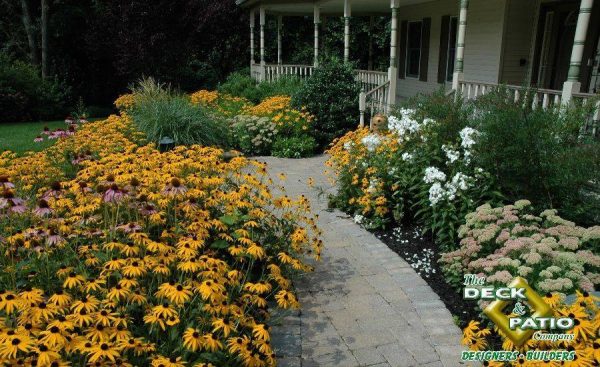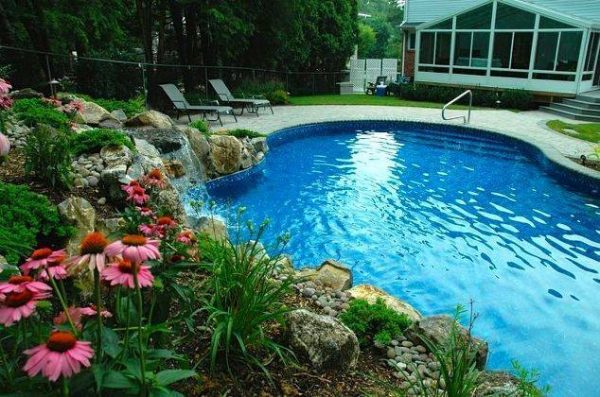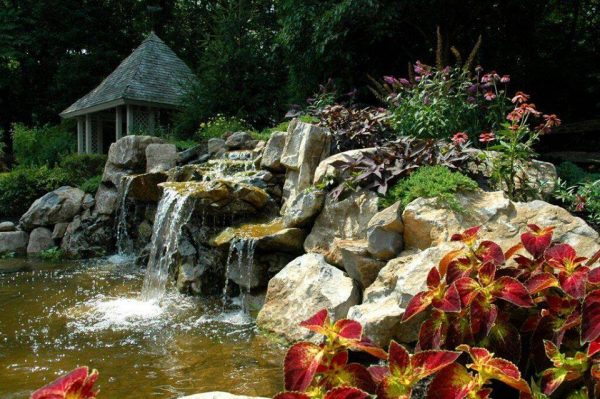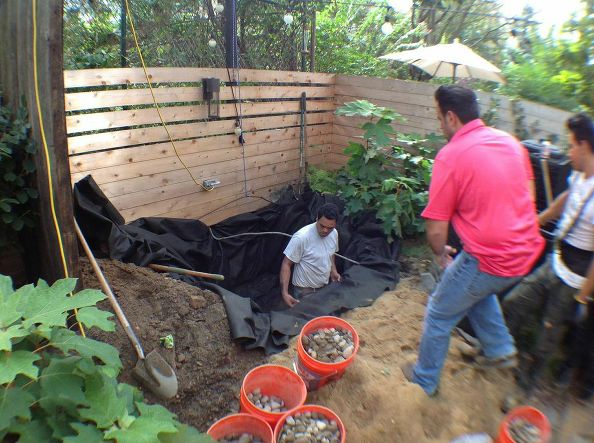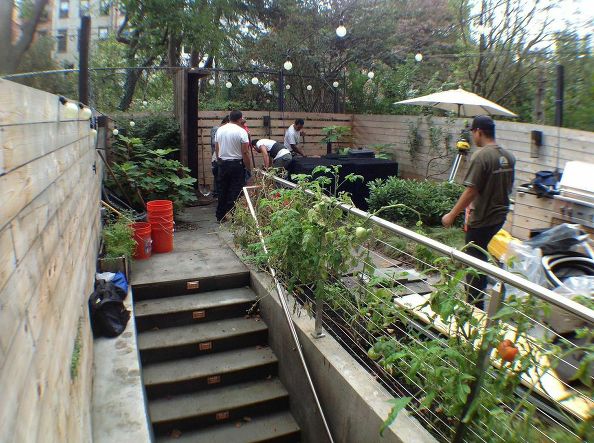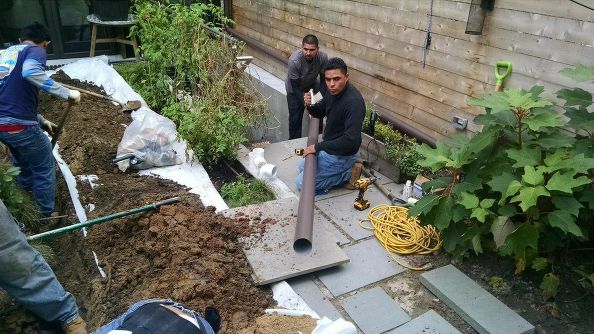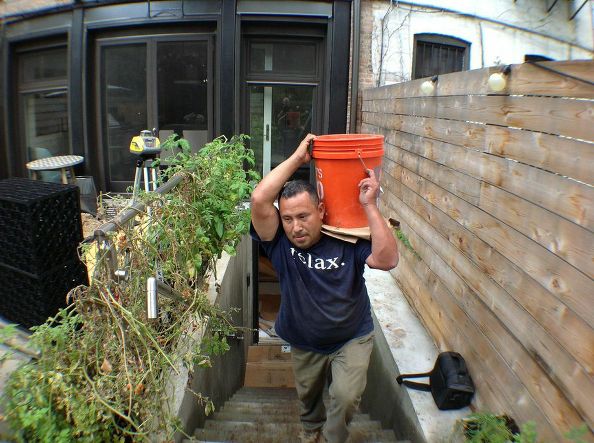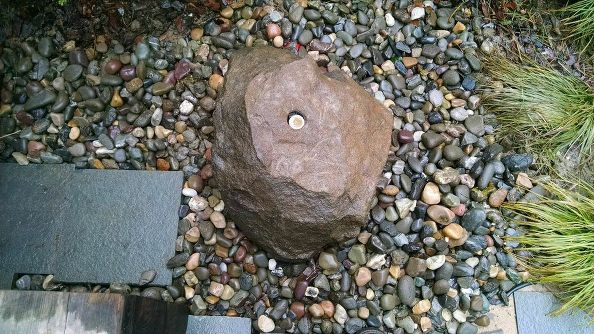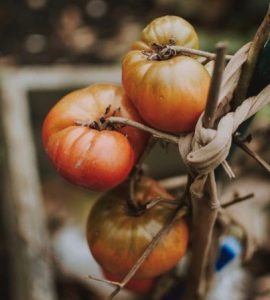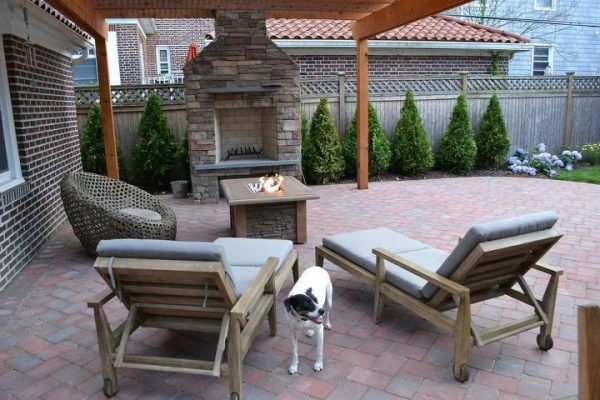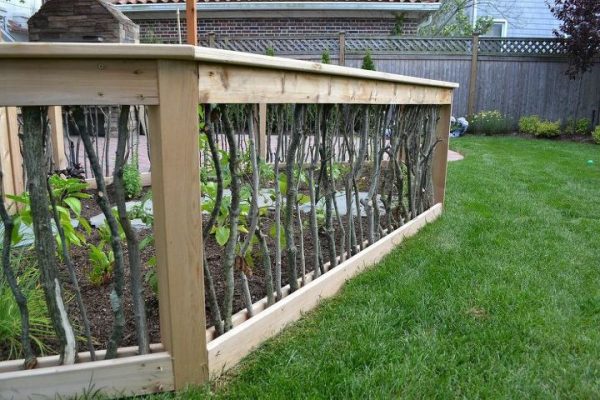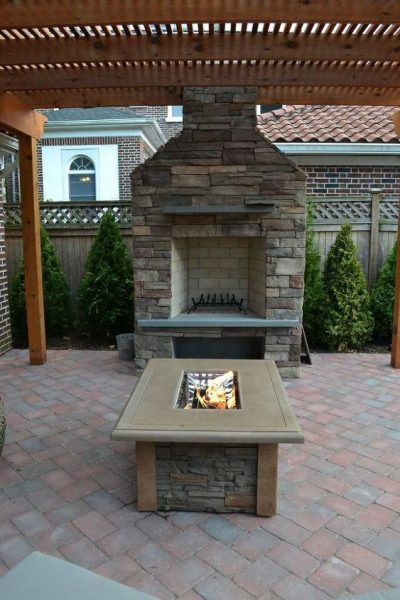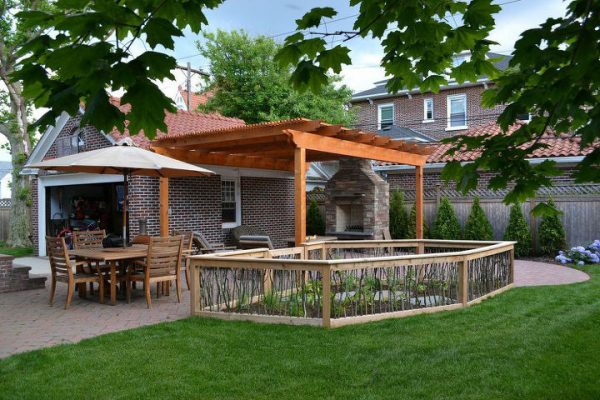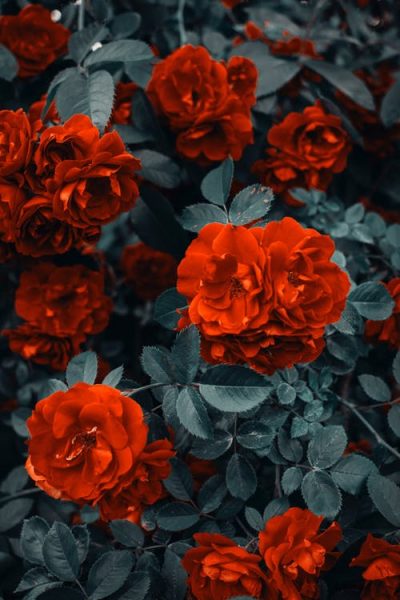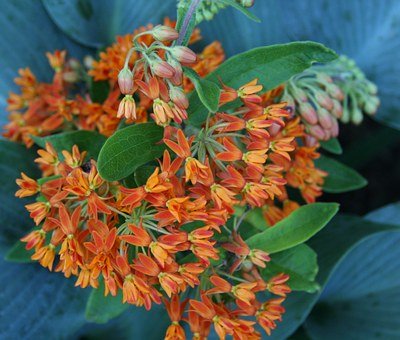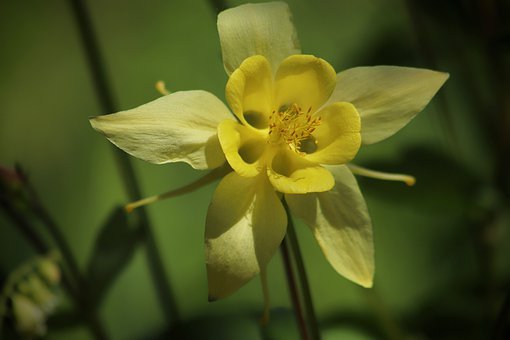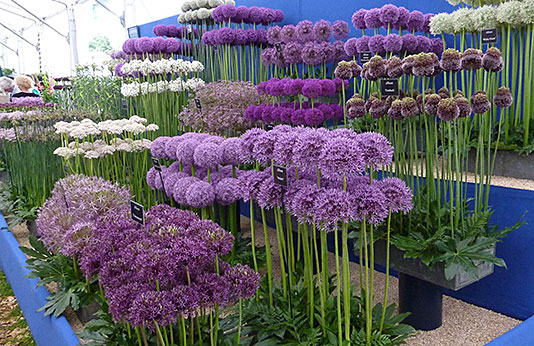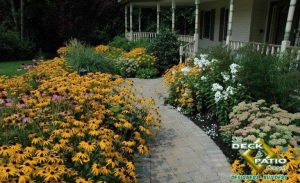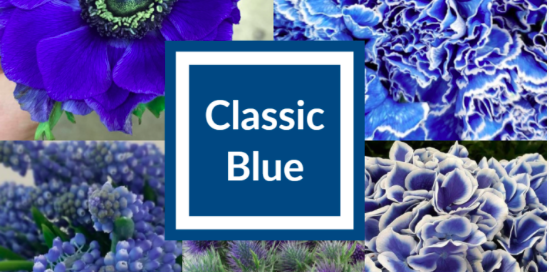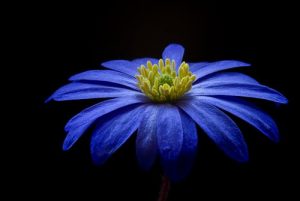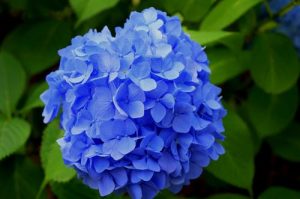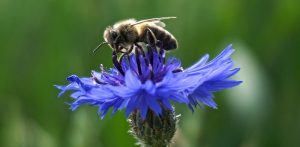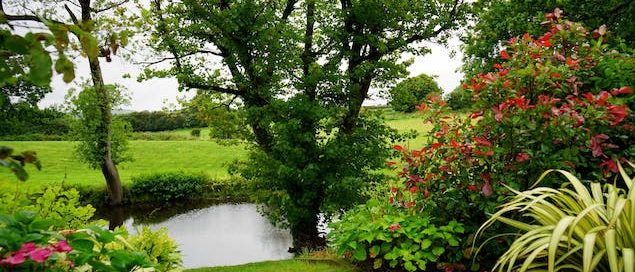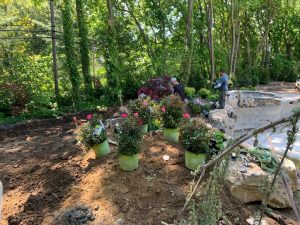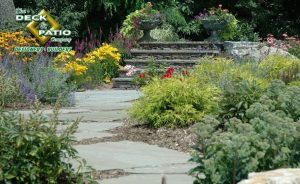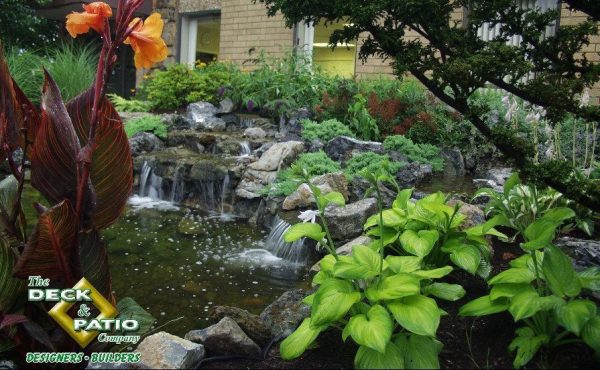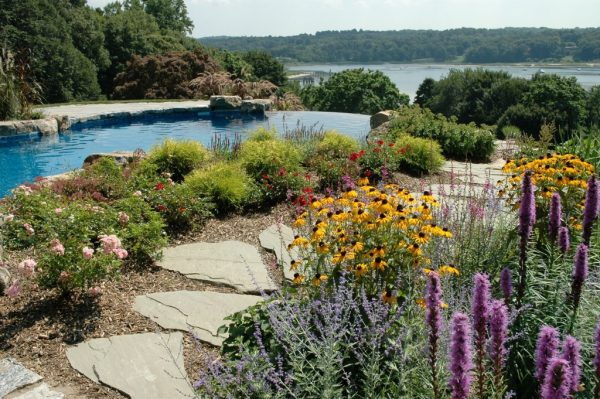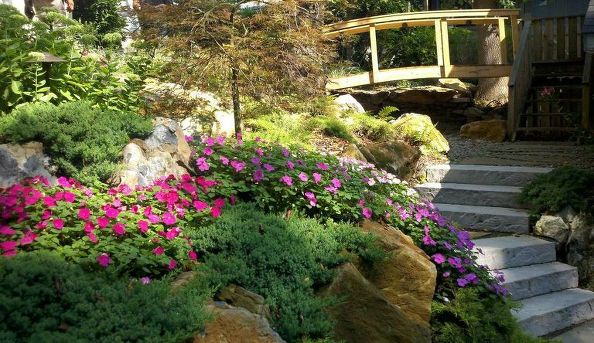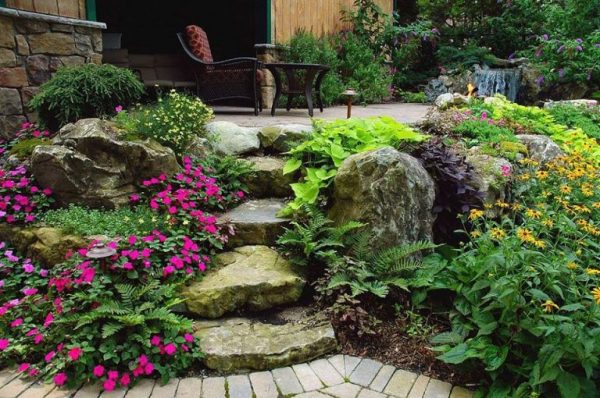Landscaping with Pantone’s Color for 2024: ‘Peach Fuzz’
Updated 1-11-24
As part of our landscaping work, Deck and Patio designers frequently receive requests for plants in the latest popular colors. So we won’t be surprised to be asked for plantings in the vein of Pantone’s Color for this year: ‘peach fuzz.’
Why Pantone Chose Peach Fuzz
“In seeking a hue that echoes our innate yearning for closeness and connection, we chose a color radiant with warmth and modern elegance. A shade that resonates with compassion, offers a tactile embrace, and effortlessly bridges the youthful with the timeless,” says Pantone.
Even if Long Islanders don’t have big plans for property upgrades, many may wish to include touches of this year’s Pantone color in their landscape plans. “Such a warm, comforting color is, indeed, a great way to uplift our spirits,” says our own Dave Stockwell, “whether it’s with peach aquatic plants in your pond or regular plants along your front entranceway or throughout your garden.”
Velvety ‘Peach Fuzz’ Plantings
So o bring some comforting and lovely hues to your property could be simply be to choose plants that boast o Panatone’s 2024 warm peach.
Here are just a few ideas for your landscaping plans:
Nymphaea/Peach Water Lily
This soothing water lily has a long bloom season providing a lovely blush to your pond this year. And there’s more to aquatic plants than aesthetics. Plants such as water lilies and irises feed on the nutrients (algae or small primitive unwanted plant life) in the pond water, and produce oxygen while they provide shade and food for small creatures attracted to the water garden.
Alstroemeria
Also called Peruvian Lily: these plants do best in full sun or partial shade, in fertile, well-drained soil. They don’t love hot weather and this may affect their flowering. A thick layer of mulch at planting time should help to keep its roots cool.
TIP: If you want to bring these lovely flowers inside or remove spent blooms, don’t cut them; pull the entire stalk out of the ground.
Geum Mai Tai
This lovely peach to apricot plant has been described as a “fluttery, poppy-like petals with a rose blush.” It has also been described as “velvety” which is exactly the look Pantone intended in choosing “peach fuzz” as their 2024 color. It’s also a long-blooming perennial that likes well-drained soil in full sun.
A Peach of a Rose
Whatever their color, roses need a bit of care in your garden. Sandra Vultaggio, a local Horticulture expert, says roses should be planted in the sun.
“Also, they need a good amount of air circulation around them,” she says. “Strictly avoid overhead irrigation or sprinkler heads. They will get more disease that way because viruses prefer wet environments. Keep them watered at the roots through a drip system or soaker hose.”



